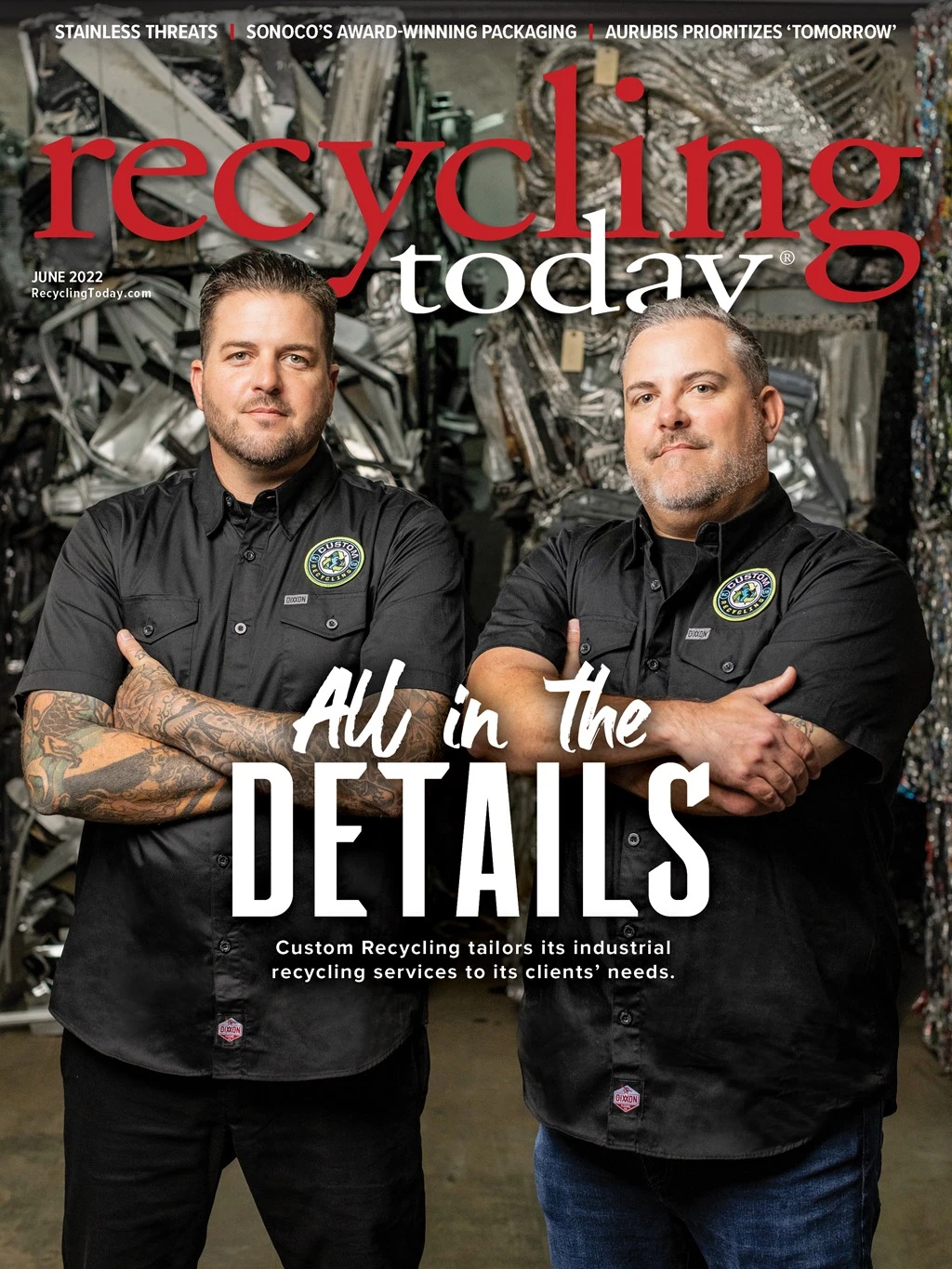A bottle-to-bottle polyethylene terephthalate (PET) reprocessor based in the Midwest says scrap supply remains tight, with bale prices at record highs as of the start of May. The rise in demand and pricing is partly related to recycled-content mandates in the European Union, she says.
“Currently, the European market is very tight, which is impacting any imports into the U.S. as product gets diverted to Europe, where pricing is higher than the U.S.,” the PET reclaimer says.
Despite the record-high bale prices, she says her company has seen minimal improvements in bale yield. Demand for recycled PET has pushed its pricing higher than that of virgin PET, she says, which also is at record highs.
“I feel when end users start thinking they can secure cheaper material in the near future, they also buy less or only what they must have to keep going.” – a thermoplastic recycler based on the West Coast
“PET has skyrocketed, while PE/PP (polyethylene/polypropylene) has held its own nicely,” a thermoplastic recycler based on the West Coast says. He adds that availability of injection-grade high-density polyethylene (HDPE) has tightened, as well.
“There is a concern that with such high inflation, at some point demand for products has to come down,” the West Coast source says. “Time will tell. I feel when end users start thinking they can secure cheaper material in the near future, they also buy less or only what they must have to keep going.”
In the meantime, he says, domestic demand remains healthy, with regrind and recycled pellets moving well.

The tight supply is in part because of low collection rates in the U.S. Most major categories of plastics recovered for recycling in 2020, the most recent year data are available for, decreased compared with 2019, according to the “2020 U.S. Post-consumer Plastic Recycling Data Report,” which was sponsored by the Association of Plastic Recyclers, the Foundation for Plastic Recycling, The Recycling Partnership and the U.S. Plastics Pact. Stina Inc., Sonoma, California, compiled the data based on surveys conducted by the company and the National Association for PET Container Resources, or NAPCOR, based in Charlotte, North Carolina. The PET bottle recycling rate declined 1.2 percentage points in 2020 from 2019, reaching 27.1 percent, while the HDPE bottle recycling rate fell 2.1 percentage points to 28.8 percent.
Transportation also remains difficult to secure and prices are high, the reprocessor in the Midwest says, in part because of record fuel charges. “We are booking loads further in advance and paying more, although we are getting record numbers of inquiries from new freight vendors.”
However, the West Coast recycler says transportation issues have eased. “Rates are not as low as we’d like,” he says, adding that availability has improved as demand “has cooled off some.”
Sponsored Content
Still relying on manual sorters?
Let AI do the heavy lifting. Waste Robotics delivers reliable, high-performance robots tailored for complex waste streams. They require minimal maintenance, are easy to operate, and are designed to boost your recovery rates. Smarter sorting starts with the right partner. Waste Expo Booth #1969 & REMA #2843
Click here to see our robots in action!Get curated news on YOUR industry.
Enter your email to receive our newsletters.

Explore the June 2022 Issue
Check out more from this issue and find your next story to read.
Latest from Recycling Today
- Fenix Parts acquires Assured Auto Parts
- PTR appoints new VP of independent hauler sales
- Updated: Grede to close Alabama foundry
- Leadpoint VP of recycling retires
- Study looks at potential impact of chemical recycling on global plastic pollution
- Foreign Pollution Fee Act addresses unfair trade practices of nonmarket economies
- GFL opens new MRF in Edmonton, Alberta
- MTM Critical Metals secures supply agreement with Dynamic Lifecycle Innovations








